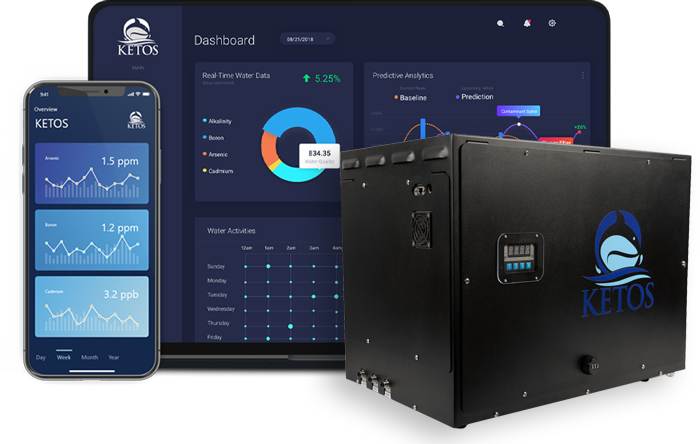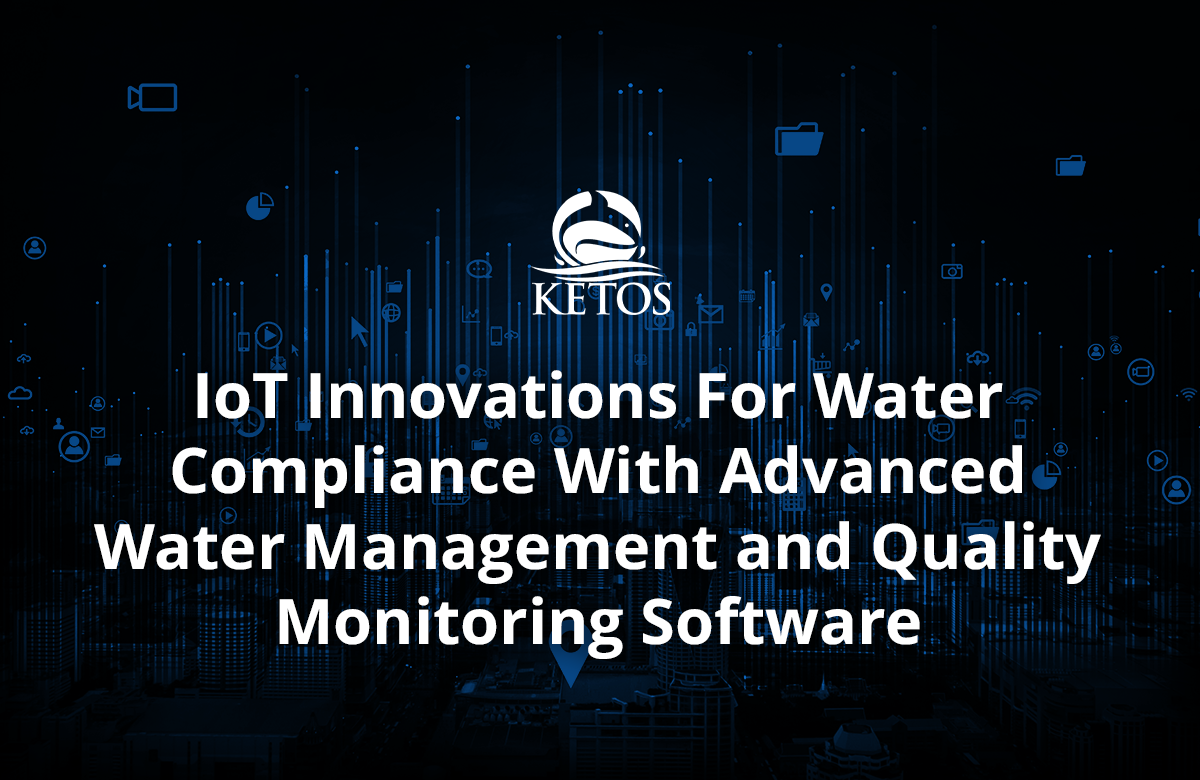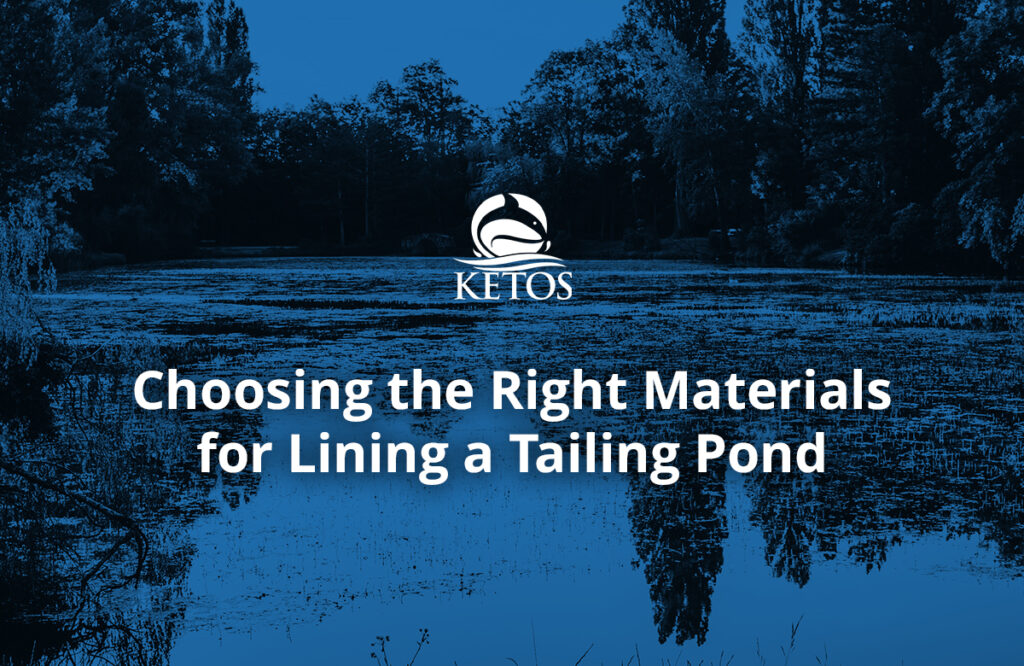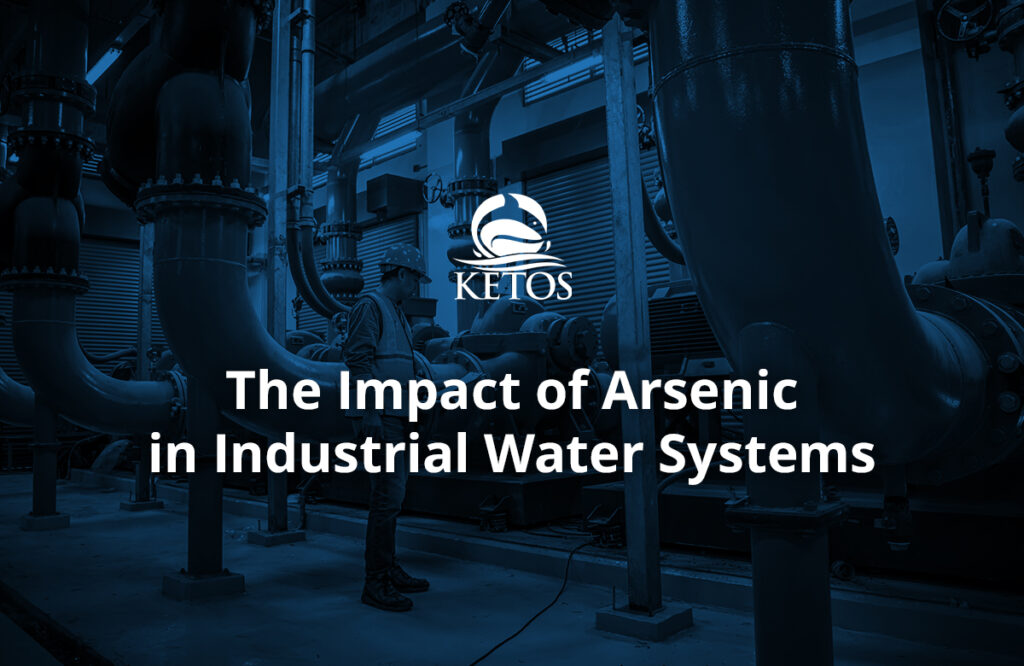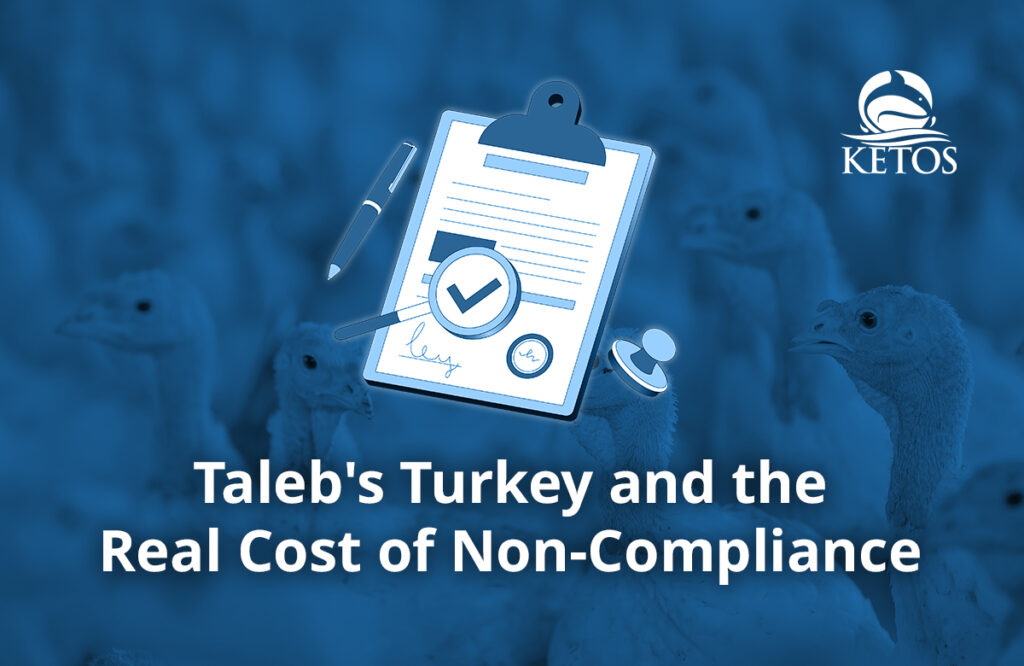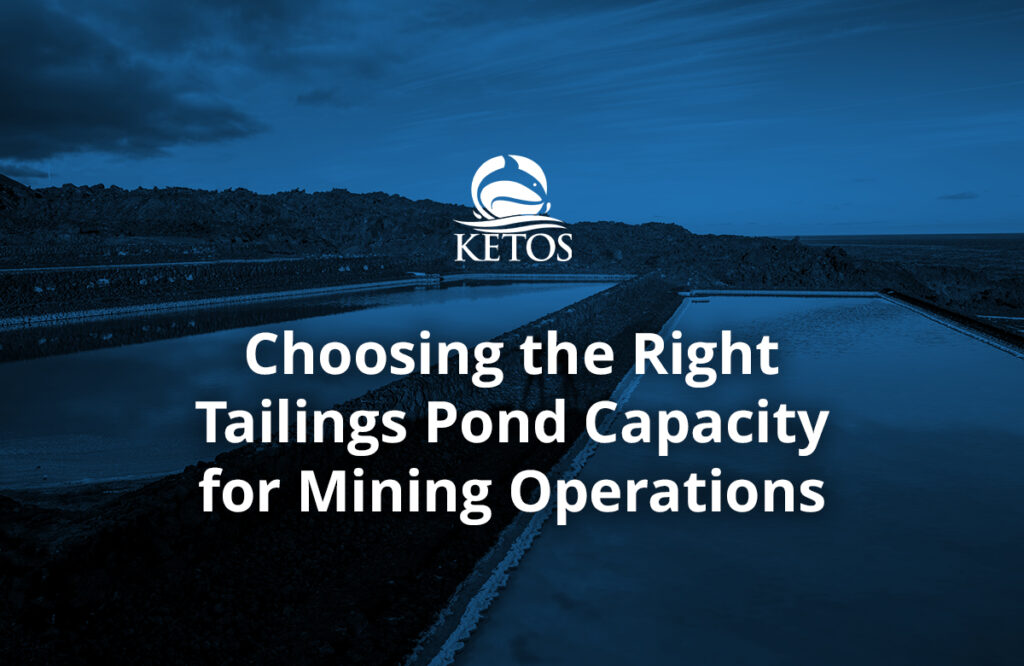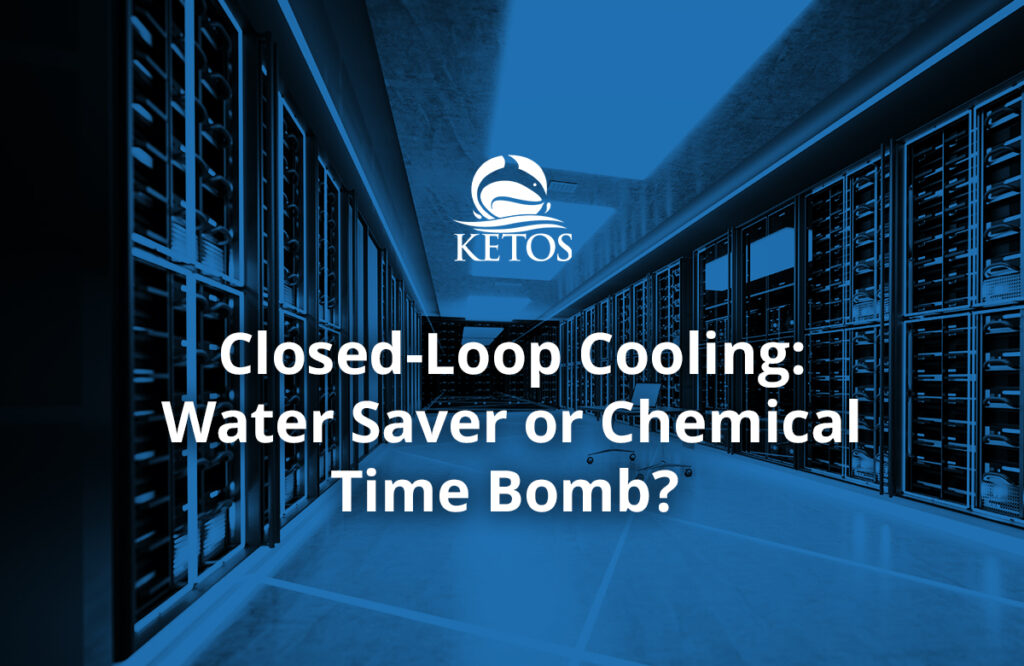How local utilities monitor water is extremely important. From the source to the consumer, the process needs to be consistent, efficient, and streamlined. The unfortunate reality of our world today is that water scarcity affects many people, both domestically and internationally. However, everyone needs water. Technology continues to drive efforts to improve water management and distribution. IoT and water management solutions are at the forefront of this technological revolution.
Monitoring Water Quality With Technology
The Internet of Things, or IoT, is a system of connected devices that collect various data points to give key decision-makers actionable data. The water industry has adopted this advanced technology through its use of IoT-based water quality monitoring software. Through the use of sensor technology, IOT can deliver data about water consumption, quality, points of loss or leakage, distribution, and wastewater. This information has changed the way utilities assess and manage water use on every level.
Up until very recently, the water industry depended mainly on manual data collection processes. This labor-intensive process meant that utilities were unable to monitor the entire water distribution system due to the practical limitation of staffing and locale. IoT and water management harness the power of compact, battery-efficient IoT sensors and devices to improve the water management process, optimizing usage and reducing waste once and for all.
IoT water quality monitoring software measures the quality of water in real-time using various sensors to detect a source’s salinity, pH level, total dissolved solids, and turbidity to ensure it is safe for human use.
- Salinity – salinity is the concentration of salt in water, expressed as parts per thousand units.
- pH level – water should have a neutral pH level. Monitoring the pH of water is one of the most critical tests that a utility performs. Inadequate pH levels in a water supply can cause various health problems, which is why managing water pH is so important.
- Total dissolved solids – Identifying and monitoring the total dissolved solids (or TDS) in a water source is critical. Some solids can be very dangerous to living organisms and cause health issues. Maintaining the correct TDS level in water ensures proper water quality.
- Turbidity – the concentration of suspended particles in water is defined as turbidity. These particles harm water quality and need to be appropriately managed.
The Benefits Of IoT Based Monitoring Solutions
Smart water quality monitoring software and solutions can lead to increased productivity and safety for water utilities. IoT monitoring can help increase the industry’s overall revenue and reduce water costs while improving the quality of watersupplied to customers and ensuring a constant, on-demand supply that is safe and clean. By predicting potential failures, IoT water management solutions allow suppliers to stay one step ahead of disasters and keep water flowing to customers.
Using Technology To Stay Compliant With Industry Regulations
As the water industry continues to evolve, staying compliant with regulations and water conservation efforts becomes increasingly challenging. However, innovations in IoT-based water compliance software have been a game-changers for the industry. This software simplifies compliance management and data handling for water utilities, allowing them to instead focus on fostering sustainable practices. IoT and water management can provide relief from regulatory challenges when this software is used. Challenges addressed by water compliance software include:
- Water quality – IoT software can help ensure that water quality standards are met consistently through rigorous monitoring and management.
- Water conservation – growing environmental concerns have prompted utilities to adopt sustainable practices and conserve water. Using IoT-based tools can help track conservation efforts.
- Evolving regulations – the regulations utilities must follow are constantly changing and evolving. Water compliance software can help ensure that utilities stay on top of new regulations.
- Data management – using IoT’s predictive analysis function allows utilities to understand data collected from numerous data sources and make proactive decisions to benefit customers.
Key Benefits of IoT-based Water Compliance Software
Water compliance software is designed to simplify compliance management for water utilities. It helps automate compliance tasks, track regulatory changes, and manage data effectively, helping utilities stay on top of regulatory changes. It can also help utilities in their water conservation efforts. By providing detailed insights into water usage patterns, utilities can identify areas of waste and implement conservation strategies.
This IoT-based software has many other benefits, including:
- Improved regulatory compliance – water compliance software keeps track of all regulations, ensuring utilities never miss a compliance requirement.
- Streamlined operations – by automating repetitive tasks, the software allows utilities to focus on strategic initiatives.
- Risk mitigation – this software helps identify potential compliance risks, allowing utilities to take proactive measures to correct them.
- Enhanced operational efficiency – cost savings and improved efficiency can be realized when utilities use the software to optimize routine processes.
IoT And Water Management: Technology To Improve Utility Operations
Advances in technology have allowed water utilities to streamline their operations and build efficiencies that benefit customers, while at the same time ensuring less waste. The real-time monitoring features and comprehensive reporting tools found in both water quality management software and water compliance software help water operators stay one step ahead of regulatory measures, prevent problems before they start, and ensure the efficient delivery of clean water. Together, these powerful tools are revolutionizing the water industry and helping ensure the future of this precious resource for all.
